Photo
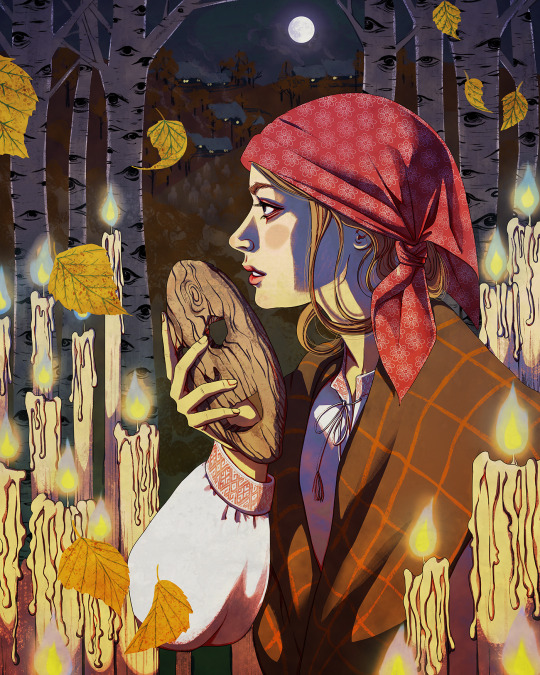
Dziady, Zaduszki, or the Slavic day of the dead was celebrated in autumn, when it was believed the veil between the worlds of the living and the dead was the thinnest. On that day the souls of the dead would return to earth, and the living would burn fires to light their way home, they would throw feasts where they’d share food with them, and they did their best not to hurt them with their everyday activities; sudden moves and housework involving sharp objects were avoided, as to not to hurt the soul that could be standing nearby. To communicate with the souls, people would don ceremonial masks–kraboszki (sing. kraboszka), that represented the dead ancestors.
Prints available HERE
Follow me on IG: @aga_futa
2K notes
·
View notes
Photo
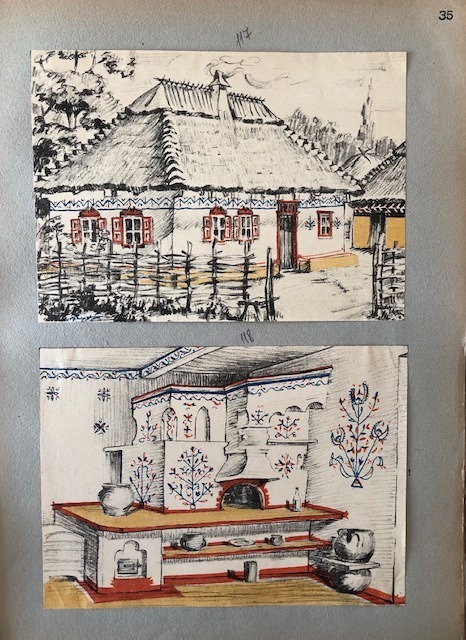

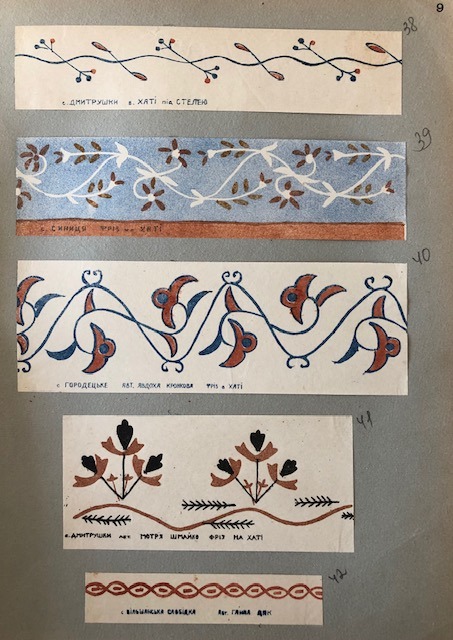
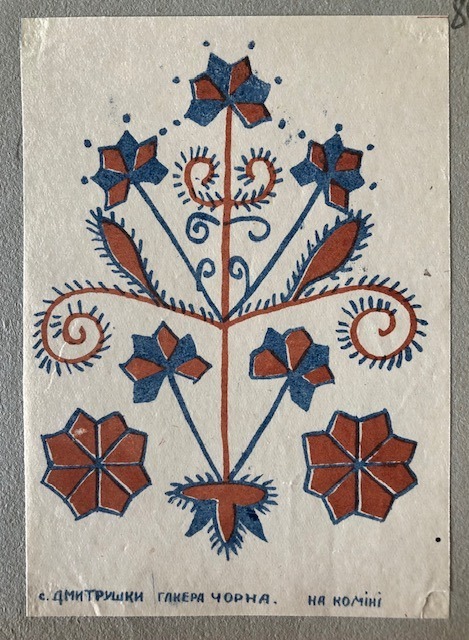
From Wall Paintings of the Uman Region by Kostyantyn Krzheminsky, 1927
875 notes
·
View notes
Photo
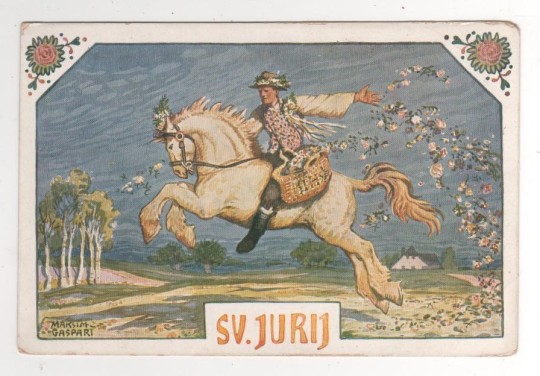
Slovenian post card depicting st. George as folk tradition understands him. He is bringer of spring and blooming flowers, substituting for fertility deity Jarilo. Author: Maksim Gaspari
744 notes
·
View notes
Video
youtube
Ярило, вставай рано, яр-яр вставай рано; Ярило, мыйся бело, яр-яр мыйся бело; Ярило, езди в поле, яр-яр езди в поле; Ярило, возьми ключи, яр-яр возьми ключи; Ярило, отмкни Землю, яр-яр отмкни Землю; Ярило, пусти траву, яр-яр пусти траву; Ярило, зеленую, яр-яр зеленую; Ярило, пусти росу, яр-яр пусти росу; Ярило, пусти росу, яр-яр пусти росу; Ярило, медвяную, яр-яр медвяную; Ярило, дай нам долю, яр-яр дай нам долю; Ярило, счастливую, яр-яр счастливую. ------------------------- Yarilo, wake up early, Yar-Yar wake up early; Yarilo, bathe yourself white, Yar-Yar bathe yourself white; Yarilo, ride in the field, Yar-Yar ride in the field; Yarilo, take the keys, Yar-Yar take the keys;
Yarilo, unlock the Earth, Yar-Yar unlock the Earth; Yarilo, release the grass, Yar-Yar release the grass; Yarilo, the green grass, Yar-Yar the green grass; Yarilo, release the dew, Yar-Yar release the dew;
Yarilo, release the dew, Yar-Yar release the dew; Yarilo, the honey-like dew, Yar-Yar the honey-like dew; Yarilo, bestow our fate, Yar-Yar bestow our fate; Yarilo, fortunate fate, Yar-Yar fortunate fate .
31 notes
·
View notes
Photo




Old photos of Zeleni Jurij (Green Gorge) custom from Slovenia. By rows: 1908, 1938, 1936.
134 notes
·
View notes
Photo
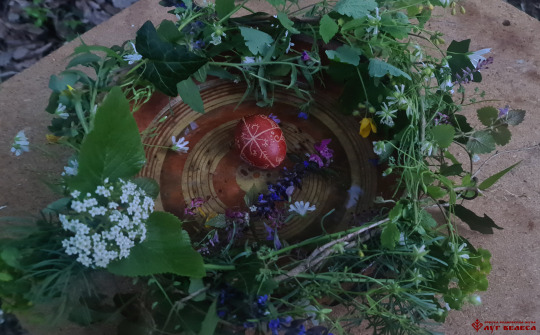
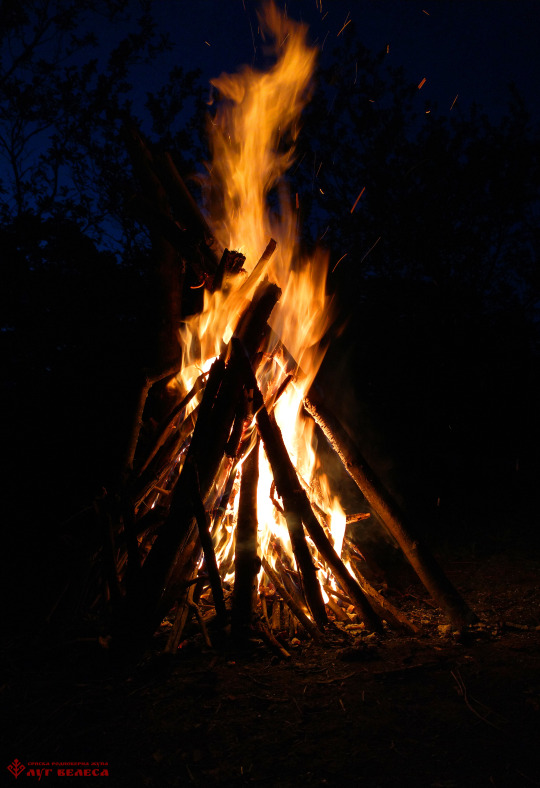
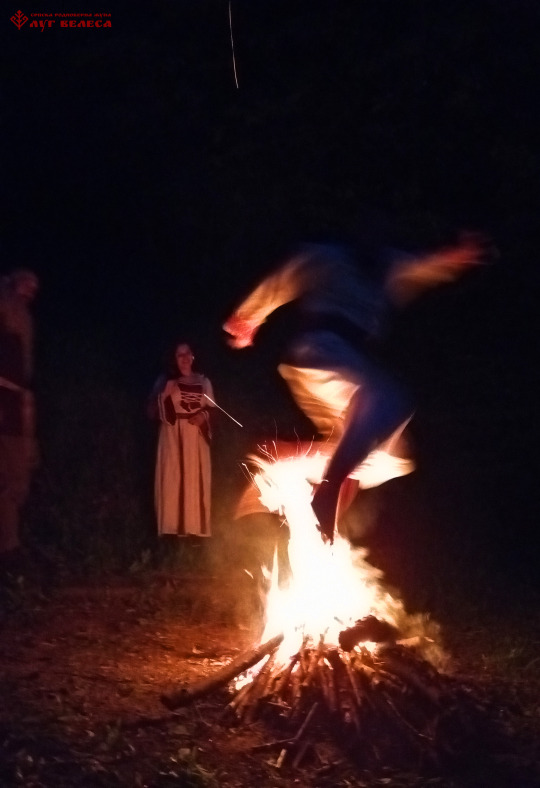
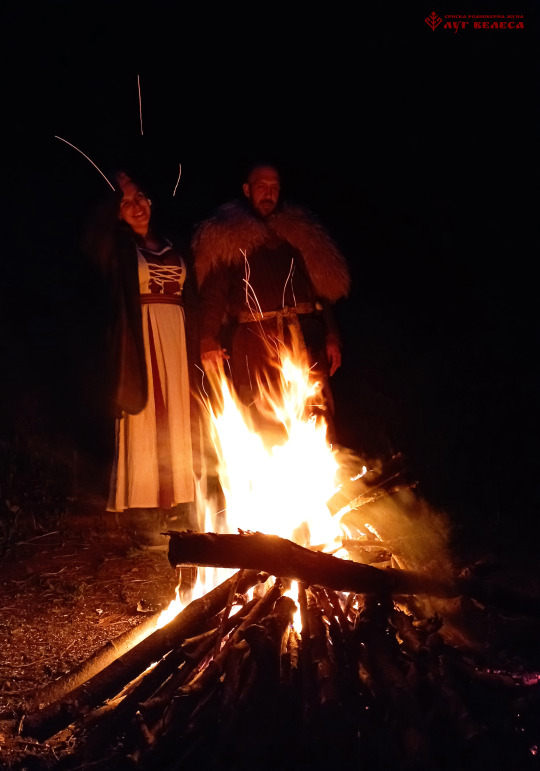

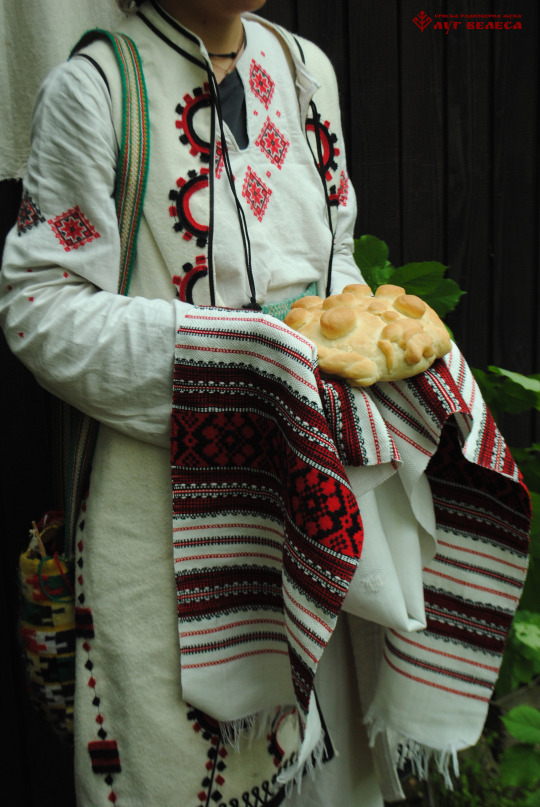
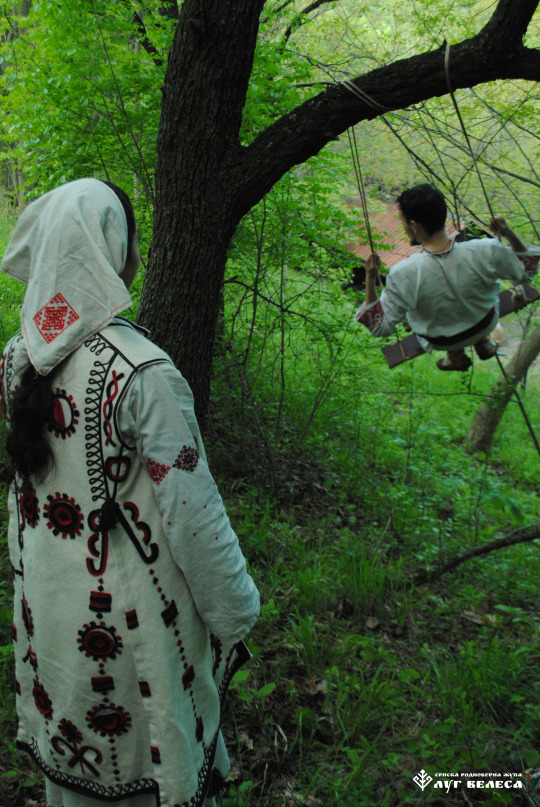
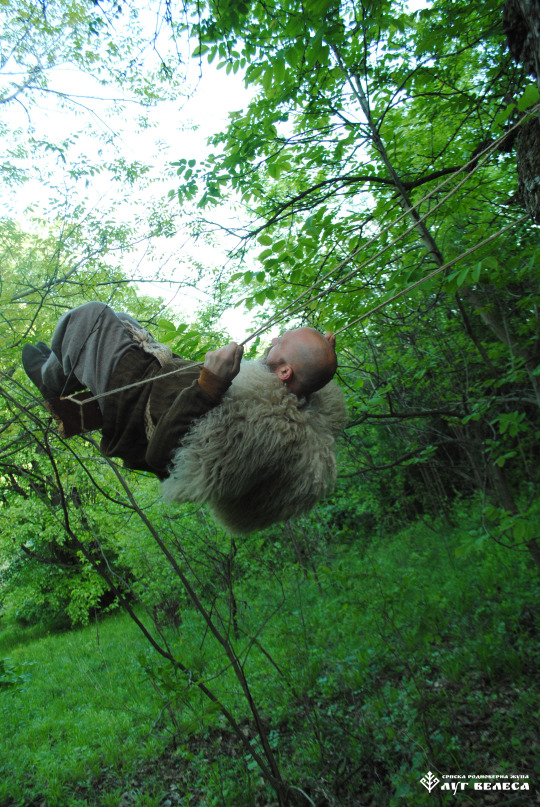
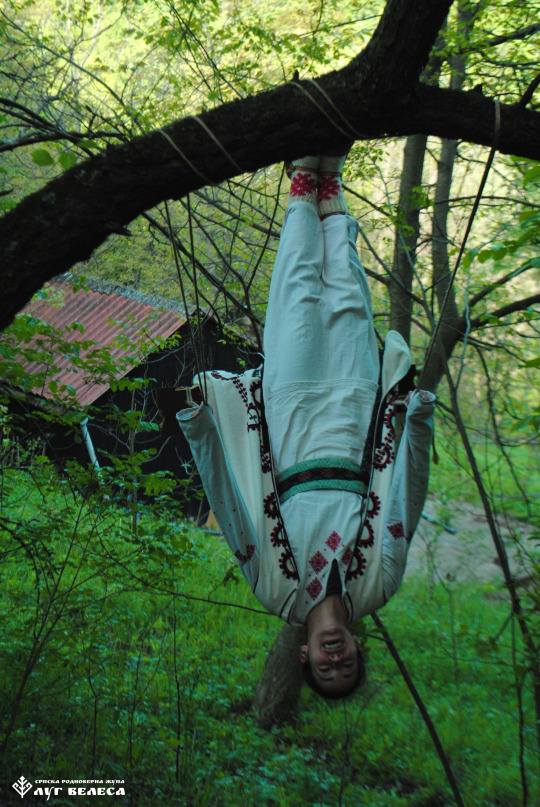
Few moments from Jariljdan* celebration held by the members of Lug Velesa. *festival that celebrates revitalizing return of Jarilo.
#Jarilo#Jariljdan#yarilo#slavic ritual#slavic tradition#rodnovery#rodnoverje#Lug Velesa#srz lug velesa#fire#swing
121 notes
·
View notes
Video
youtube
At the border between Slovenia and Croatia peculiar ritual with figure covered in greenery is known. Such figure is followed by several singers and together they form a procession that goes from door to door preforming songs and receiving various gifts. Nowadays, ritual is performed at st Georg’s day (Jurjevo) but it’s pre-Christian roots can be easily observed.
Text: Zelen Juraj došal je, pisan Vuzam prošal je, Iz zelene gore u to ravno polje.
Donesal je, donesal, pedalj dugu travicu, Pedalj dugu travicu, lakat dugu mladicu.
Juraj nije svaki dan već u ljetu jedan dan! Darujte ga, darujte Jurja zelenoga! Translation: Green Gorge has come, colorful Easter has passed, From the green hills into the plain fields. He has brought, span* long grass Span long grass, ell* long sapling. Georg isn’t every day, it is a specific day of the year! Bestow him, bestow the green Gorge! *both are archaic measurements and those should be English equivalents.
25 notes
·
View notes
Photo

| Some say that zmora is a neighbour [man or woman] one befriended, who comes at midnight in the form of a moth or a mosquito, squeezes through the gap in the window and searches for its favourite; crawls in by the legs and slowly spreads over them, and presses hard towards their very chest.
- from Kolberg’s Lud : jego zwyczaje, sposób życia, mowa, podania, przysłowia, obrzędy, gusła, zabawy, pieśni, muzyka i tańce. Ser. 17, Lubelskie. Cz. 2
214 notes
·
View notes
Video
youtube
In this video you can see one of the traditional processes of decorating eggs, starting from preparation of natural dye, through the application of beeswax and its removal. Egg itself represents the vitality and a life force, which will be further emphasized by its decoration. These painted eggs are called “pisanice”. The colors as well as the patterns on them will aim to emphasize the aforementioned characteristics of the eggs and will be similar among different Slavic peoples. Decorating of pisanice is done throughout the spring period as well as for the purposes of gifting different beings. The first decorated egg, usually colored red, is named “čuvarkuća”, “čuvardar” or “strašnik” and kept in the household.
Recording, montage: Vladimir Ćosić
Music: Miloš Kostić - Malaj Moma
© 2018 Српска родноверна жупа „Луг Велеса”
98 notes
·
View notes
Photo

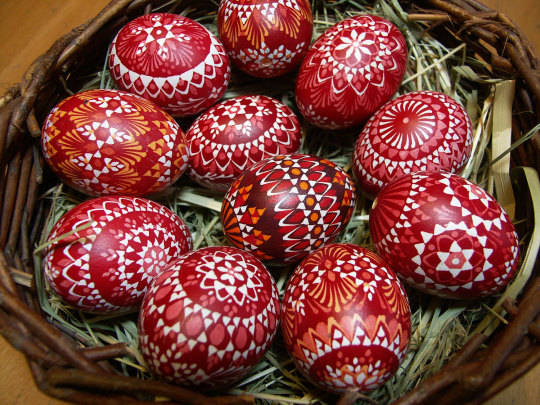
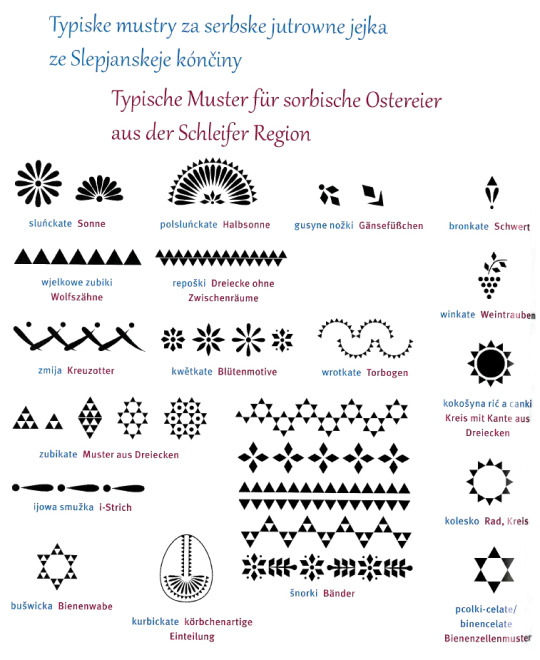
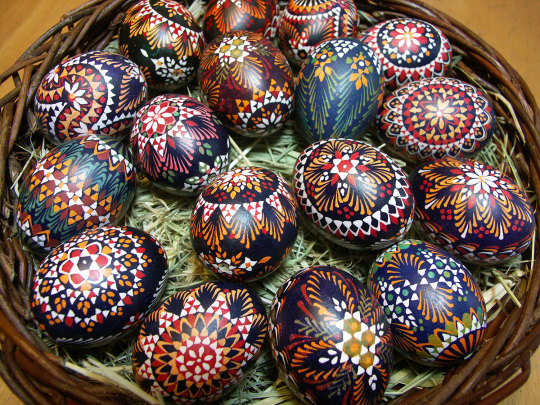
Colorful eggs of Lusatian Sorbs (Serbjo, Serby). Pattern explanation is from the book: Andrea Paulik Pawlikowa - Pruhi, kruhi, třiróžki. Pisane serbske jutrowne jejka Translation: sun, half sun, goose feet, sword, wolf's teeth, triangles without spaces, grapes, snake, flower motifs, archway, pattern of triangles, circle with edge of triangles, i-dash, wheel - circle, Honeycomb, compartments, bands, bee cell pattern
#pisanky#pisanki#pisanice#Kraslice#jutrowne#jejka#sorbs#serbja#serbjo#serby#srbi#lužica#Łužica#Łužyca#easter egg#decoration
116 notes
·
View notes
Video
youtube
Czech song performed while carrying out Morena doll. Nesem, nesem Morenu, ej, pěkně pristrojenu, už nemože choditi, musime ju nositi. Ref.: Ej, Morena, Morena už bude utopena, ej, Morena, Morena, zima studena. Smrtko, Smrtko biela, kdes tak dlúho byla? U studanky, u voděnky ruky nohy mylac
Ref. Smrtko, Smrtko biela, čims jich utierala? Červenym šatečkom, zelenym listečkom. Ref.
20 notes
·
View notes
Photo
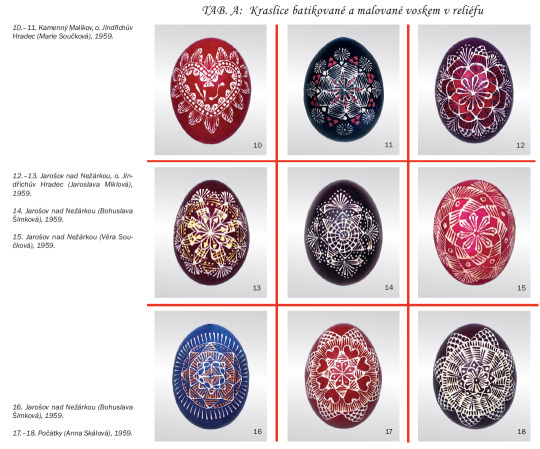
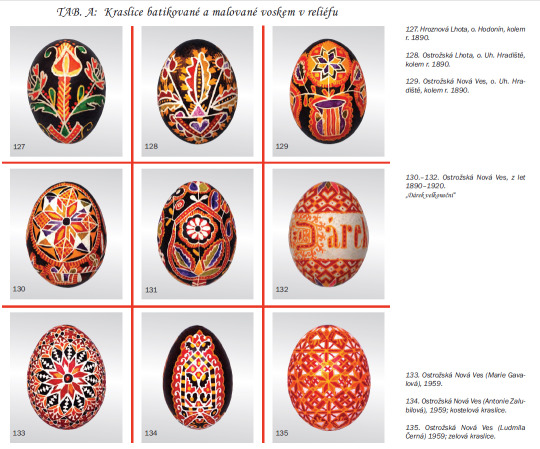
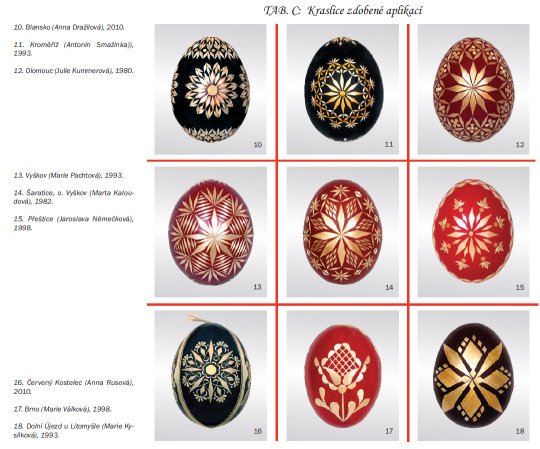
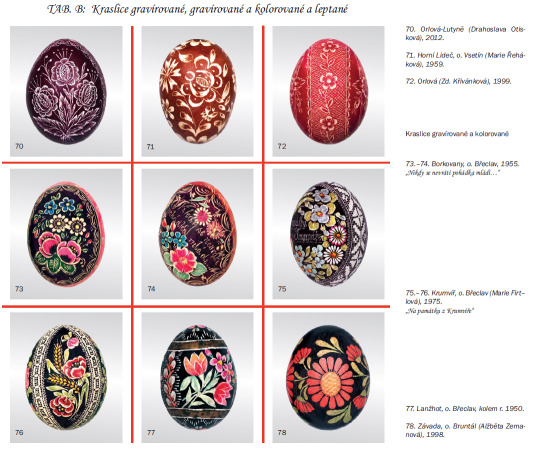
Traditional Easter egg decorating in various regions of Czech Republic. Source: Eva Večerková - Malované vejce, O kraslicích v českých zemích
1K notes
·
View notes
Text
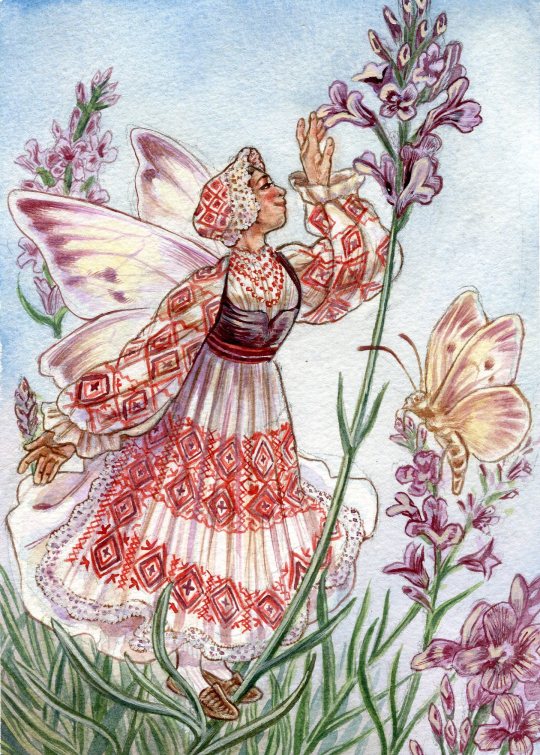
Croatian fairy from Banija tending to her lavender garden 💐
886 notes
·
View notes
Photo
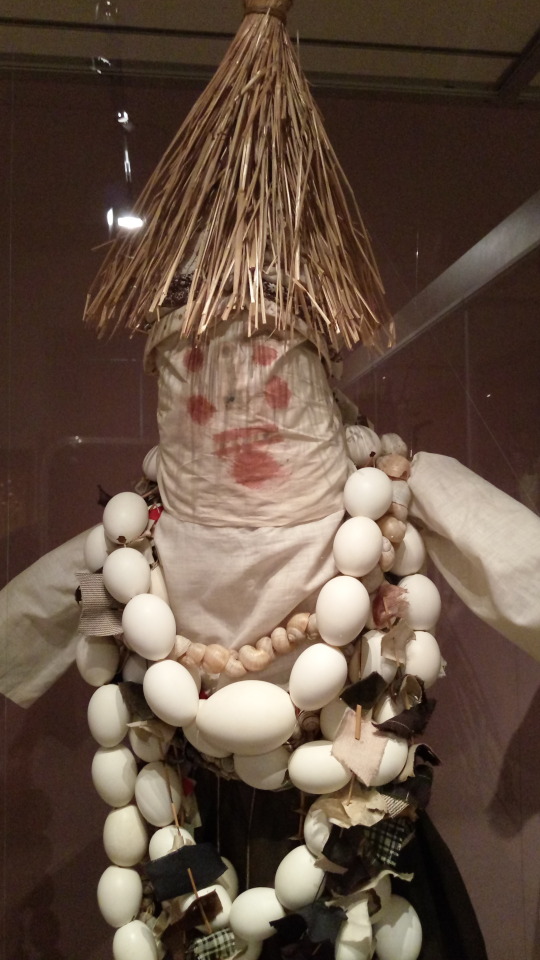
Morana effigy Ethnographic Museum of the National Museum, Prague. (Národopisné muzeum, Praha)
#morana#morena#marzanna#smrtka#smrt#effeg#slavic mythology#slavic ritual#Slavs#czech#prague#museum#ethnology
35 notes
·
View notes
Photo

Celebrations of Topienie Marzanny (Drowning of Marzanna). Opole, Poland, 1970s.
Photo © Tomasz Krzywicki, via Wirtualny skansen.
491 notes
·
View notes
Photo
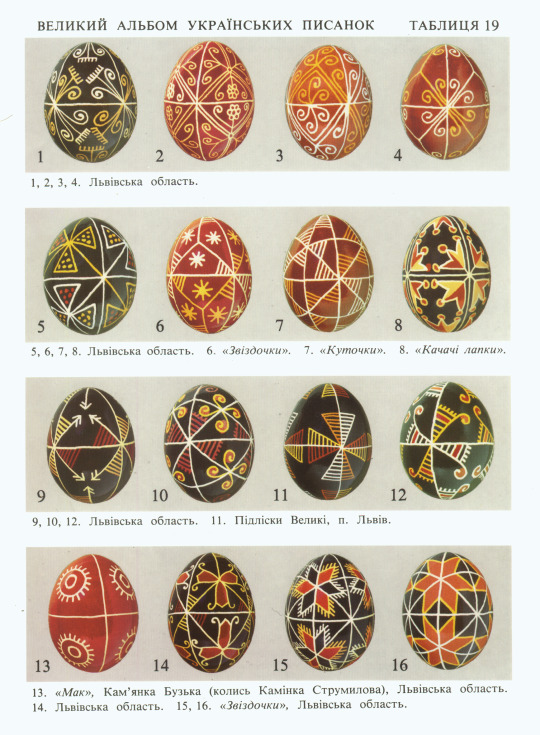
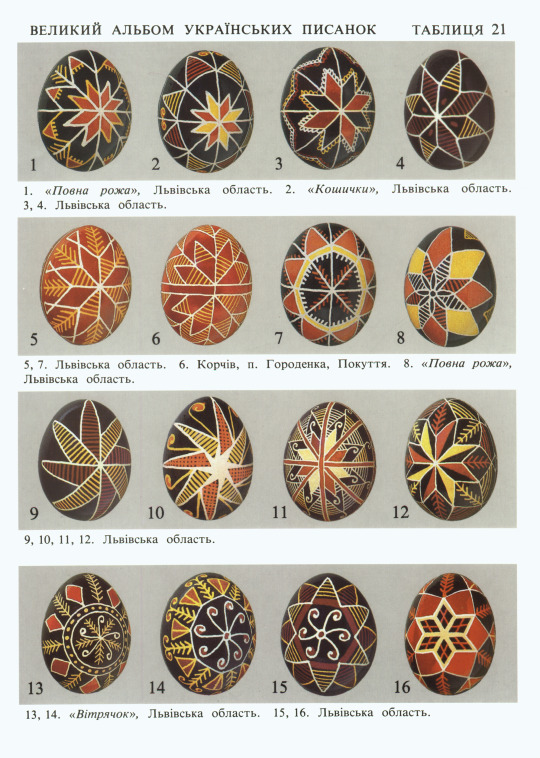

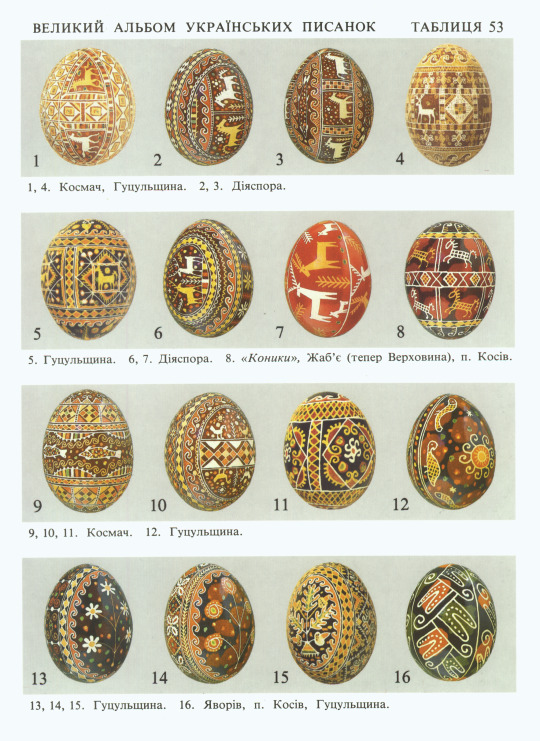
Traditional Easter egg decorating in various regions of Ukraine. From: Елиїв Зенон - Двадцять кіп писанок.
3K notes
·
View notes
Photo
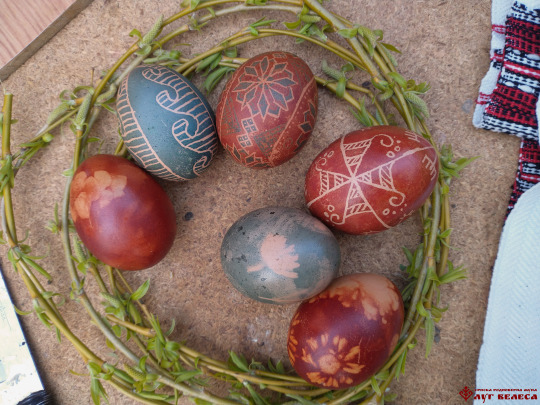
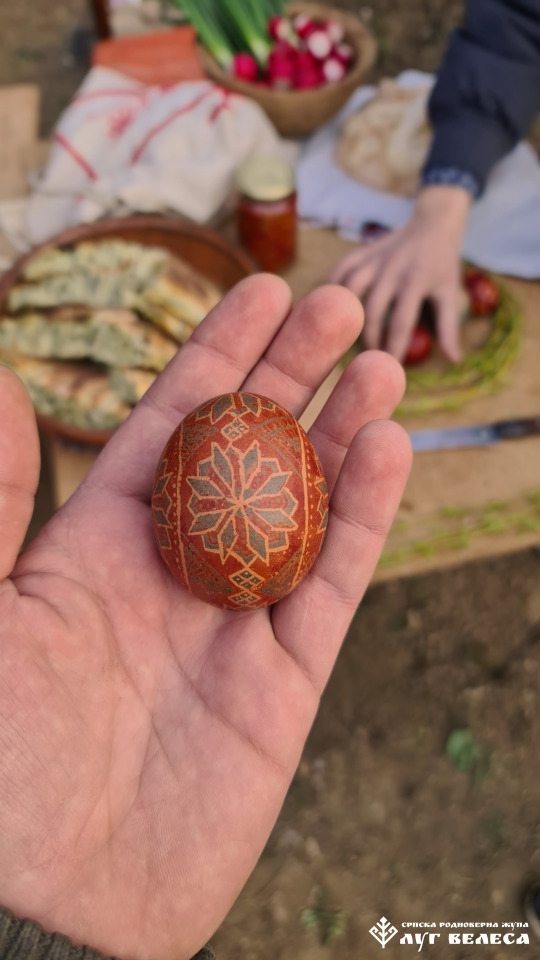




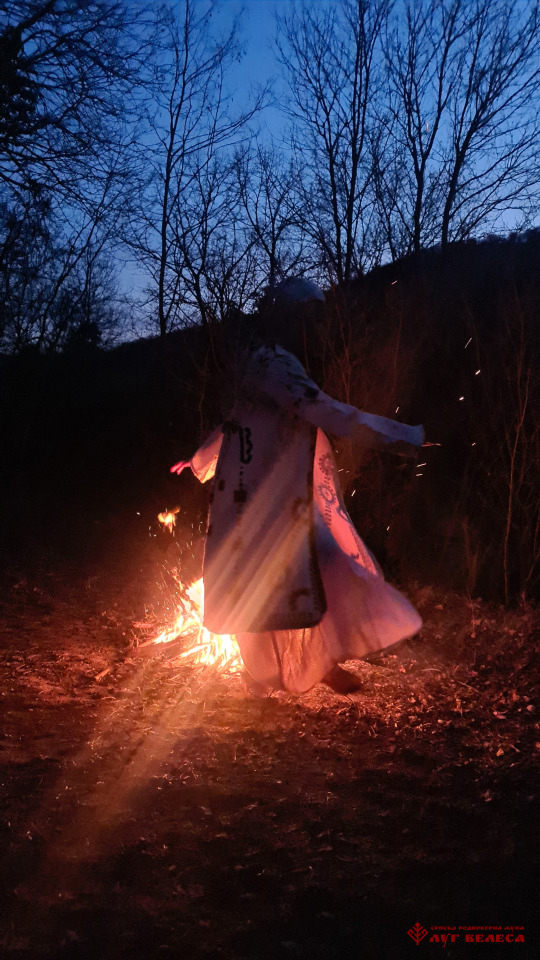
Velikdan celebration (spring equinox) held by the members of Lug Velesa.
#Velikdan#veligdan#jare gody#spring equinox#vernal equinox#slavic ritual#Slavs#spring#rodnovery#rodnoverje
99 notes
·
View notes